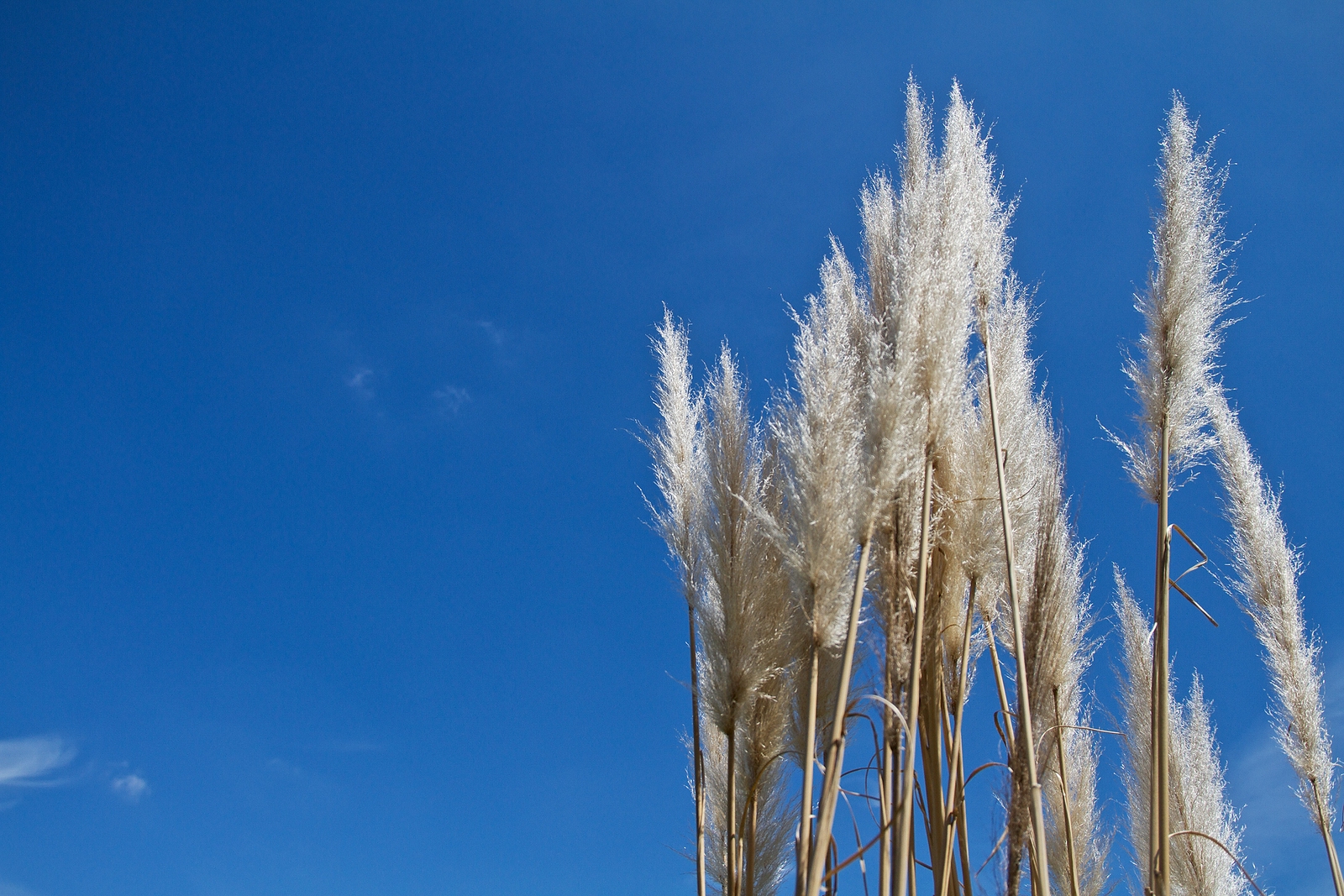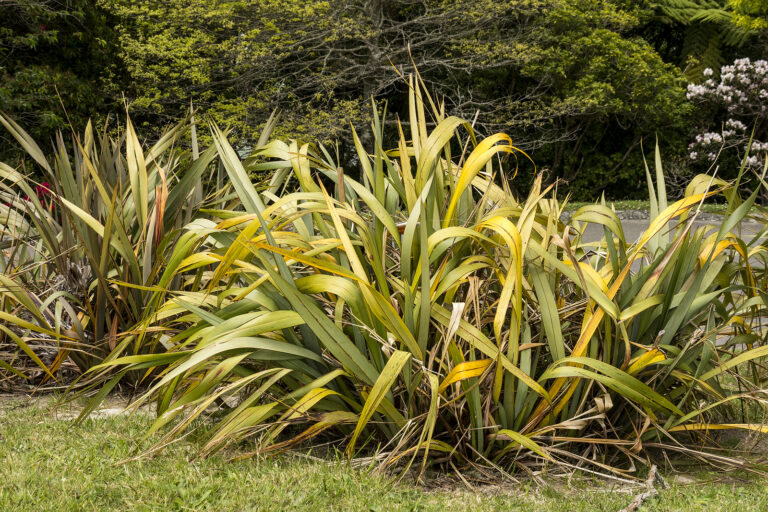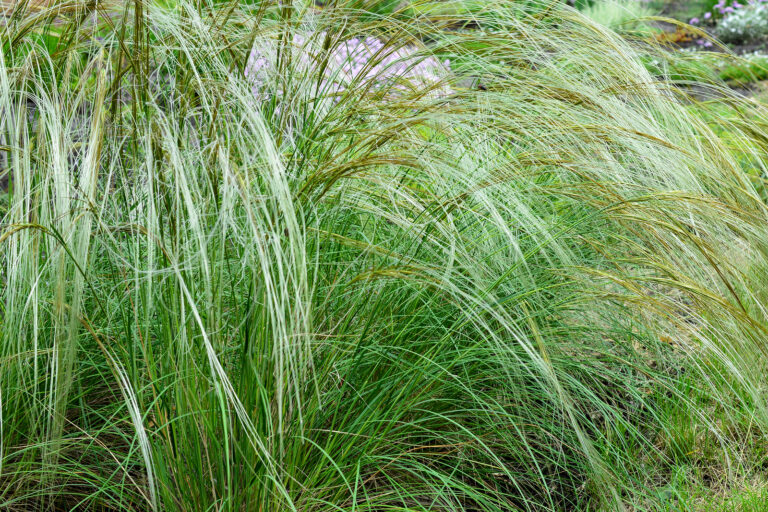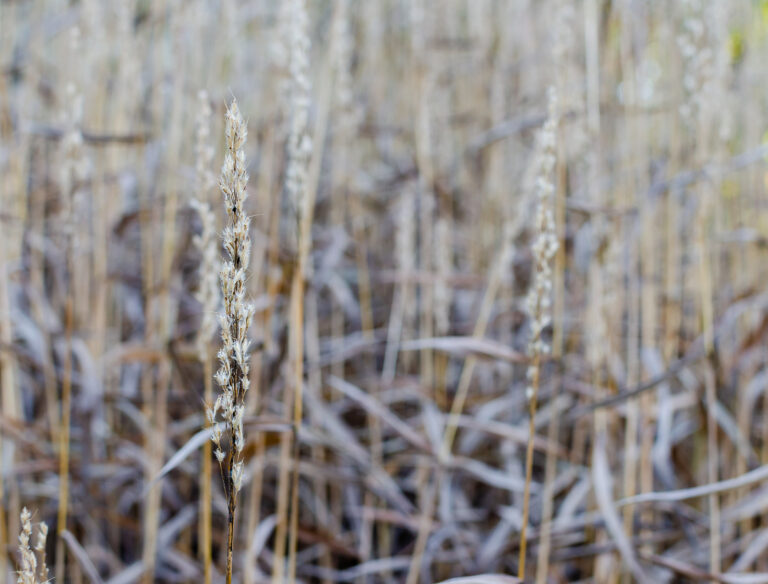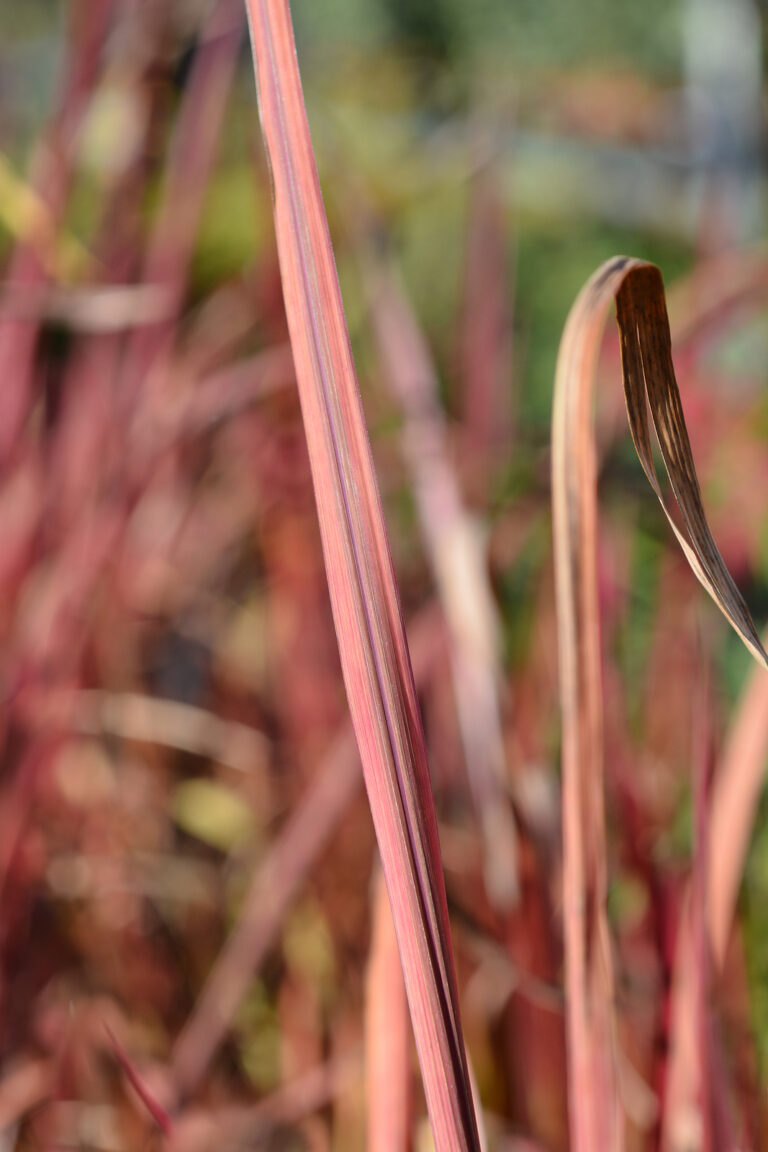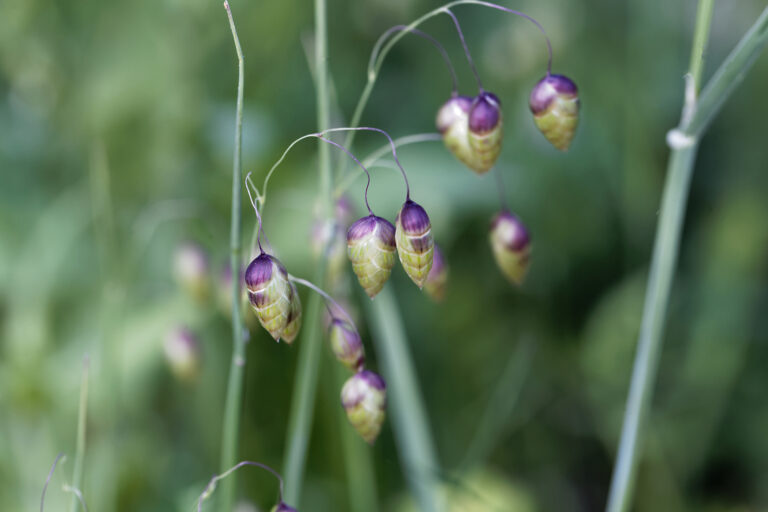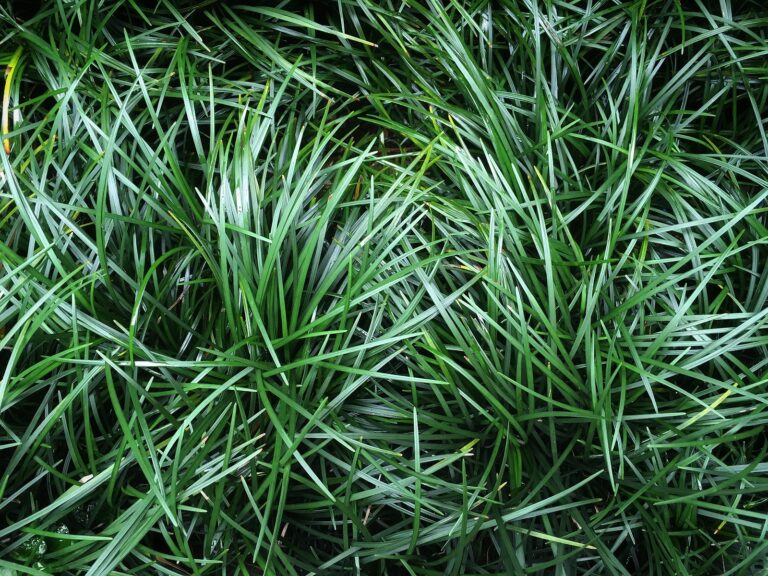How to Grow Oat Grass – Helictotrichon
Helictotrichon–commonly called oat grass or blue oat grass–is an evergreen, tussock-forming perennial grass that produces fountain-like clumps of light green to bright blue-gray narrow leaves. Helictotrichon grows 2 to 3 feet (2m) tall with a graceful habit.
Helictotrichon leaves are linear, flat, and ribbed or folded often with rolled margins. In early summer, Helictotrichon oblong, glistening, straw-colored, purple marked spikelets emerge from nodding panicles.
Helictotrichon is a good addition to a herbaceous or mixed border. Combine Helictotrichon with other grasses and broad-leafed plants. It can also be added to rock gardens.
Helictotrichon is a genus of about 50 species of tussock-forming, deciduous, and evergreen perennial grasses. Helictotrichon is native to rocky slopes, wasteland, and field margins in temperature Europe, West Asia, and North America.
Get to know Helictotrichon
- Plant type: Deciduous and evergreen, perennial grasses
- Growing zones and range: Zones 4 to 7
- Hardiness:
- Height and width: To 2-3 feet (.6-1m) tall and wide
- Growth rate:
- Form and habit: Clump-forming with spikes
- Foliage: Linear, mid- to light green, or gray-blue leaves are flat ribbed, or folded, or half rolled margins
- Flowers: Oblong, flattened, glistening spikelets are borne in erect or nodding panicles
- Fruits:
- Bloom time: Late summer
- Uses: Herbaceous or mixed border, gravel plantings, as specimen or in mass
- Garden companions: Purple or silver-leaved plants
- Common name: Other grasses and broad-leafed plants and boulders, or coral bells
- Botanical name: Helictotrichon
- Family name: Poaceae
- Origin: Europe, Western Asia, and North America

Where to plant Helictotrichon
- Plant Helictotrichon in full sun.
- Plant Helictotrichon in well-drained, poor to moderately fertile, preferably alkaline soil.
When to plant Helictotrichon
- Sow Helictotrichon seed in containers in a cold frame in spring.
Planting and spacing Helictotrichon
- Plant Helictotrichon 2-3 feet (.6-.9m) apart.
How to water and feed Helictotrichon
- Give Helictotrichon regular water.
- Feed Helictotrichon with an all-purpose organic fertilizer in spring.
How to care for Helictotrichon
- Remove dead leaves and old flowering stems in spring.
- Cut back Helictotrichon in early spring.
Helictotrichon pests and diseases
- Helictotrichon may develop rust; root rot can be a problem in heavy clay.
- Helictotrichon are prone to fungal attack in humid climates.
Helictotrichon propagation
- Divide Helictotrichon clumps in spring every three years.
- Sow seed in contianers in a cold frame in spring.
Helictotrichon varieties to grow
- Helictotrichon sempervirens, Blue oat grass, densely tufted, evergreen, perennial grass, forming a hemispherical mound of flat or tightly rolled, linear, gray-blue leaves, to 9 inches (23cm) long. In early and midsummer, stiff, upright stems bear glistening, straw-colored, purple-marked spikelets in open panicles, to 7 inches (18cm) long, nodding at the tips. To 4.5 feet (1.4m) tall and 24 inches (60cm) wide. Central and southwestern Europe.

